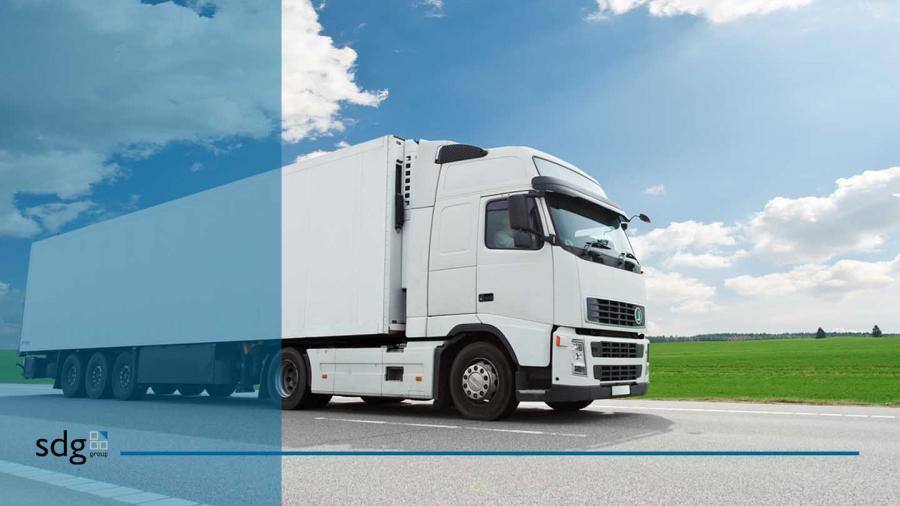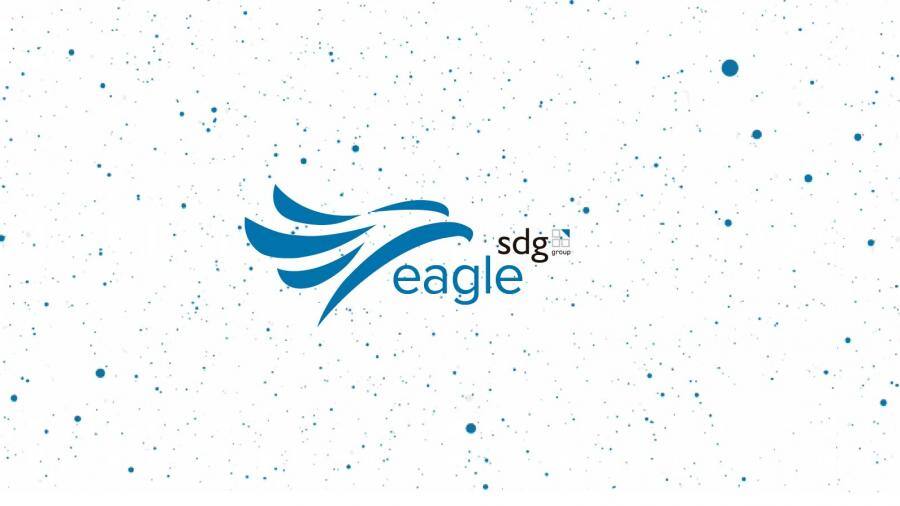How cost and revenues of logistics services are integrated in the consolidated Profit Loss of one of the main Italian agro-industrial groups
The Customer
ZeroQuattro is the logistic operator of Granarolo Group, conceived and created to look after transportation, storage and distribution of a wide range of food products daily marketed at a national level. The company reaches more than 40.000 stores per month, thanks to a widespread presence throughout Italy, made up of 5 platforms, 31 transit points and 800 vehicles. Everything is managed by a total of 600 employees in separate branches and headquarters.
The Project
The Logistic Budget project carried out for ZeroQuattro is part of a broader Performance Management System designed and developed by SDG for Granarolo Group. The core of the system is represented by an Integrated Planning Model covering the activities of various companies and departments and therefore linking together all the economic flows of such a complex organization.
As the objective of ZeroQuattro is to provide high quality distribution and logistics services to the group’s trading companies with the constrain of containing costs, the aim of the new planning system is mainly to forecast those expenditures and organizational impacts needed to ensure the achievement of the targets defined in the group’s sales budget.
This goal is achieved through a simulation/calculation process, based on a predefined set of measures and dimensions of analysis, and represented by a series of consecutive logical steps. This kind of structure allows users to take action on crucial variables, checking results and correcting the partial outcomes provided by the system. To support planning and controlling activities, the new process allows also the creation and the comparison of different scenarios.
The Process
In brief, the new planning application enables the controlling department to:
- take the volumes of the sales budget as an input
- elaborate accordingly the distribution and logistics budget
- calculate all costs and revenues associated with such plan
- compare actuals with budget data and analyse the resulting variances
The process starts with the acquisition of volumes from the sales budget module, available by month, store, product and company. Having such details, all the logistics implications can be derived with great accuracy. In fact, the physical flow of goods can be retraced from stores to production plants in two logical steps: first defining how stores can be properly supplied by warehouses and then deciding how to replenish warehouses from plants. The high flexibility granted by this approach is a real asset especially when different analyses and simulations are required in a short time.Once the logistics plan of volumes is set, the system allows users to proceed with the definition of variable costs: are calculated according to products and routes, while handling costs are based on warehouses and services. In the following step, the system brings together all the fixed costs, including general and administrative expenses.Now that all the cost components have been defined properly, the process continues with the calculation of revenues: for each of the provided services, ZeroQuattro applies specific distribution and logistics fees, to reach the desired level of profitability.
Results
The introduction of the planning system described above allows ZeroQuattro to reach a number of important results. First of all in terms of activities and resources, as this tool support users in all the key steps of the budget process, guarantying data accuracy and time saving. Then in terms of actual outcomes, as the tool provides a whole set of plan data, fully comparable with the corresponding actuals, such as:
- the company’s profit & loss statement, to assess the expected profitability of each service;
- the breakdown of volumes, variable costs and revenues by product, warehouse, route and means of transport, for the variance analysis (volume, price and mix);
- the allocation of fixed costs at the level of customer and product, also returned to the trade companies of the Granarolo Group for the definition of the distribution and logistics full cost.
.png?width=2000&name=SDG%20-%20Logo%20White%20(1).png)










